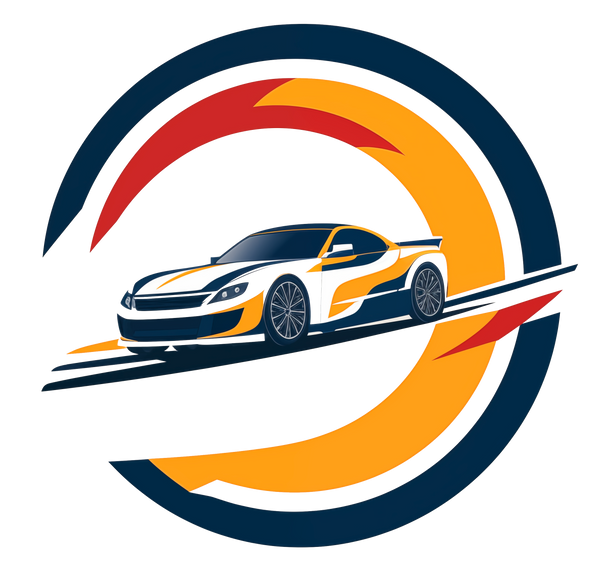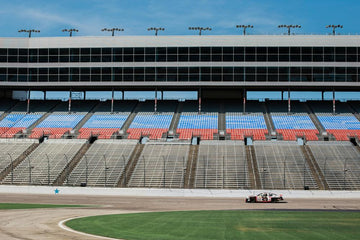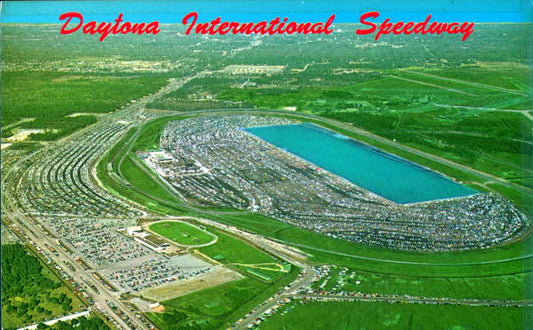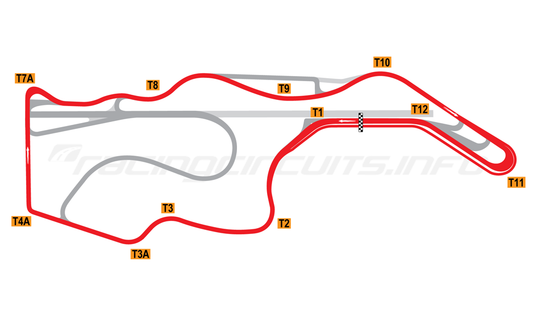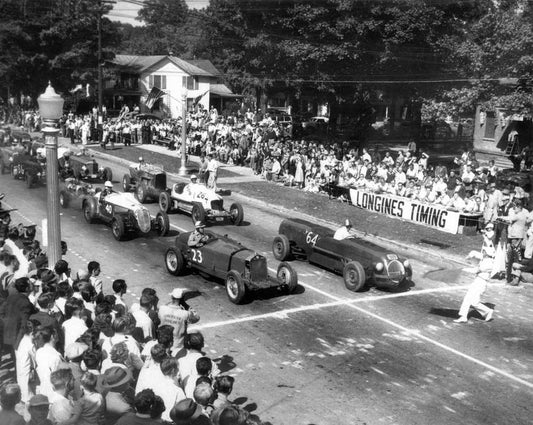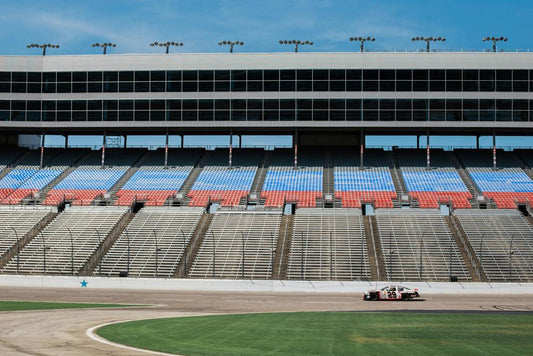Unveiling NASCAR's Most Difficult Tracks for Elite Drivers
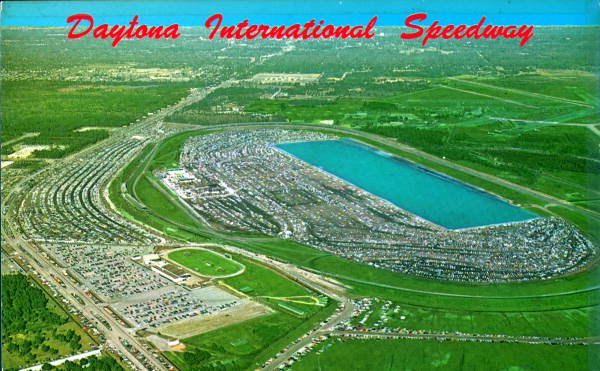
NASCAR, is a beloved American motorsport that has captured the hearts of millions of fans across the country. With its thrilling races, high speeds, and intense rivalries, NASCAR has become a staple of American sports culture. One of the key elements that makes NASCAR so exciting is the challenge presented by the tracks on which the races take place. In this article, we will explore some of the most difficult tracks in NASCAR and examine the unique challenges they pose to elite drivers. These tracks require a high level of skill, strategy, and bravery to navigate successfully, and they often produce some of the most memorable moments in the sport's history.
Talladega Superspeedway
Located in Talladega, Alabama, the Talladega Superspeedway is a 2.66-mile tri-oval track known for its high speeds and steep banking. The track's wide, sweeping turns and long straightaways allow drivers to reach speeds of over 200 miles per hour, making it one of the fastest tracks in NASCAR.
Talladega presents unique challenges for drivers due to its high speeds and pack racing style. Drafting, a technique used to reduce wind resistance and increase speed, is crucial at Talladega. Drivers must navigate through tight packs of cars, often just inches away from each other, while making split-second decisions to gain an advantage or avoid a crash.
The impact of Talladega on the NASCAR circuit cannot be overstated. The track is known for producing thrilling races with close finishes and dramatic crashes. It has become synonymous with the term "Big One," which refers to a multi-car wreck that often occurs at superspeedways like Talladega. The unpredictability of Talladega adds an element of excitement and uncertainty to the NASCAR season.
Bristol Motor Speedway
Known as "The Last Great Colosseum," Bristol Motor Speedway is a half-mile concrete oval track located in Bristol, Tennessee. It is famous for its steep banking, tight turns, and short track racing style. The close quarters and high speeds at Bristol make it one of the most challenging tracks in NASCAR. With limited space to maneuver, drivers must rely on their skill and strategy to make passes and avoid wrecks. The close proximity of the cars often leads to intense battles for position and frequent contact between competitors.
Bristol has seen its fair share of notable races and incidents throughout its history. The Bristol Night Race, held under the lights in August, is one of the most anticipated events on the NASCAR calendar. The track has also been the site of numerous feuds and rivalries, with drivers often seeking revenge for on-track incidents. The high stakes and intense racing at Bristol make it a fan-favorite and a challenging track for elite drivers.
Road Courses
In addition to oval tracks, NASCAR also includes road courses in its schedule. Road courses are tracks that incorporate both left and right turns, as well as elevation changes and various types of corners. These tracks require a different skill set and strategy compared to oval tracks, making them a unique challenge for drivers.
Sonoma Raceway, located in Sonoma, California, and Watkins Glen International, located in Watkins Glen, New York, are two examples of challenging road courses in NASCAR. Sonoma is known for its tight turns and elevation changes, while Watkins Glen features high speeds and technical sections that test a driver's skill and precision.
Compared to oval tracks, road courses require drivers to brake and shift gears, navigate through different types of corners, and manage tire wear on both left and right sides. The unpredictability of road courses adds an exciting element to the NASCAR season, as it often shakes up the standings and allows for different drivers to shine.
Martinsville Speedway
Martinsville Speedway is a half-mile oval track located in Ridgeway, Virginia. It is the shortest track on the NASCAR circuit and is known for its tight turns and long straightaways. Martinsville is often referred to as "The Paperclip" due to its unique shape, with two long straightaways connected by tight, narrow turns.
The tight turns and narrow racing surface at Martinsville present challenges for drivers. The close quarters often lead to bumper-to-bumper racing and frequent contact between cars. Drivers must be patient and precise when making passes, as one wrong move can result in a wreck or loss of position.
Martinsville's impact on driver strategy and performance is significant. The track's short length and tight turns require drivers to use a combination of skill, strategy, and aggression to gain an advantage. Pit strategy, tire management, and the ability to navigate through traffic are crucial for success at Martinsville.
Darlington Raceway
Darlington Raceway, also known as the "Track Too Tough to Tame," is a 1.366-mile oval track located in Darlington, South Carolina. It is one of the oldest tracks in NASCAR and has a rich history dating back to its opening in 1950. Darlington's unique egg-shaped layout and challenging corners make it a difficult track for drivers.
The challenges presented by Darlington include its worn-out racing surface and narrow racing groove. The track's abrasive asphalt and lack of grip require drivers to be precise with their line choice and throttle control. The "Darlington Stripe," a term used to describe the paint scrapes on the outside wall, is a common occurrence at the track and a testament to the difficulty of navigating its corners.
Darlington has witnessed numerous memorable performances and races throughout its history. The Southern 500, held on Labor Day weekend, is one of the most prestigious races in NASCAR and has produced legendary moments. The track's unique challenges make it a favorite among fans and a true test of a driver's skill and endurance.
Daytona International Speedway
Daytona International Speedway is a 2.5-mile superspeedway located in Daytona Beach, Florida. It is one of the most iconic tracks in NASCAR and is known for hosting the Daytona 500, the sport's most prestigious race. The high speeds and pack racing style at Daytona present unique challenges for drivers.
The challenges posed by Daytona include drafting, restrictor plates, and the potential for multi-car wrecks. Drafting, a technique used to reduce wind resistance and increase speed, is crucial at Daytona. Restrictor plates are used to limit the airflow into the engine, reducing horsepower and creating closer racing. The close quarters and high speeds often lead to "Big One" wrecks that can involve multiple cars.
Daytona's impact on driver standings and championship races is significant. The Daytona 500 is the first race of the season and sets the tone for the rest of the year. A strong performance at Daytona can provide a driver with momentum and confidence for the rest of the season. Additionally, the track's unique challenges often result in unexpected outcomes and shake up the standings.
Conclusion
NASCAR's most difficult tracks provide a unique challenge for elite drivers. From the high speeds and pack racing at Talladega to the tight turns and short track battles at Bristol, these tracks test the limits of a driver's skill and bravery. Road courses, such as Sonoma and Watkins Glen, add a different dimension to the NASCAR season, while Martinsville, Darlington, and Daytona present their own set of challenges.
These tracks play a crucial role in the sport of NASCAR, producing some of the most memorable moments and shaping the championship races. They require drivers to display a combination of skill, strategy, and aggression to navigate successfully. Furthermore, the unique challenges posed by these tracks often lead to unexpected outcomes and shake up the standings.
As we look to the future of NASCAR, it is clear that these challenging tracks will continue to play a significant role in the sport. With advancements in technology and changes in racing strategies, we can expect to see even more thrilling races and memorable moments at these iconic tracks. So buckle up, NASCAR fans, because the most difficult tracks are where legends are made.
